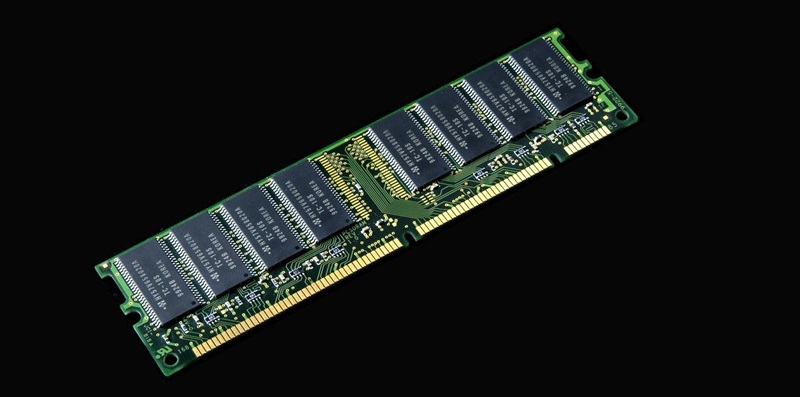Micron Technology is making notable strides in the semiconductor arena with its advanced HBM3e memory, surpassing industry standards and challenging the dominance of giants like Samsung and SK Hynix. The impressive bandwidth performance of Micron’s HBM3e positions it as a market leader, redefining the competitive landscape of high-bandwidth memory technology.
Solidifying its market stance, Micron joined forces with Nvidia, integrating its groundbreaking HBM3e memory into Nvidia’s accelerators. This strategic partnership extends Micron’s market influence and underscores its role as an innovator in memory solutions. Micron’s foray into HBM through a collaboration that leverages Nvidia’s platform indicates a strong market position and signals Micron’s transformation from an industry participant to a front-runner.
A Thriving Partnership
Micron has transitioned from an underdog to a leader in the HBM technology space, selling out its HBM inventory for 2024 and securing commitments into 2025. This surge in demand is a testament to the company’s successful maneuver through the dynamic and intricate semiconductor sector. During this period, Sanjay Mehrotra, Micron’s CEO, has highlighted the strategic wins that have positioned Micron at the forefront of industry players.
Looking ahead, Micron plans to introduce a 12-layer stack HBM design by 2025, which will potentially push memory capacities from 24GB to 36GB and allow bandwidths to soar beyond 2TB/s by 2026. The company’s dedication to innovation is further mirrored in their upcoming product that is more power-efficient by 30% compared to rivals, demonstrating Micron’s commitment to enhancing technology in tandem with escalating computational needs. Its strides in efficiency and capacity showcase Micron as a shaping force in the future of the HBM3e memory market.

